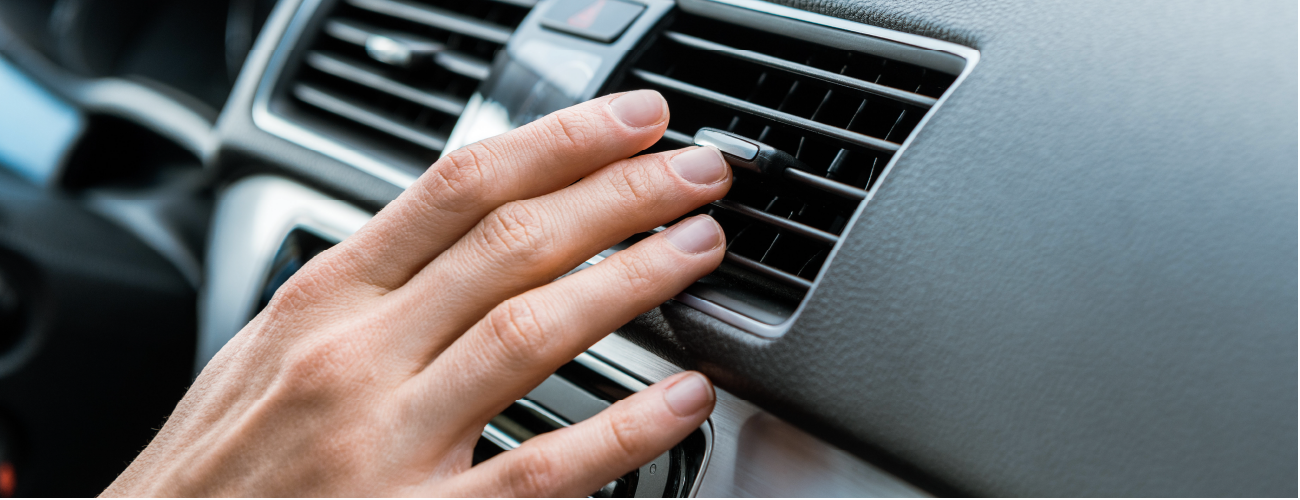Buzz, Squeak and Rattle
Minimizing noise is a common challenge automotive engineers face during the design process. With the shift from loud internal combustion engines (ICE) to quiet electric motor drive trains, any buzz, squeaks and rattles (BSR) from the vehicle interior will become more noticeable to drivers. A noisy component, even one that is working properly, can annoy passengers or may cause them to worry that something is wrong with their vehicle. Reducing BSR plays an important role in improving the perceived quality of your design.

How Does Grease Eliminate Buzz, Squeaks and Rattles?
BSR is often a result of friction between two components. A thin film of lubricant applied to interior components will reduce the noise generated by vibration and friction. Lubricants to reduce BSR and noise, vibration and harshness (NVH) can be applied to a variety of vehicle components including:
- Interior hinges and latches
- Door assemblies (handles, trim, facia)
- Overhead storage compartments
- Center console compartments
- Instrument panels
- Sunroof systems
- Seat assemblies and leather trim
- Seat belt guides and height adjusters
- HVAC components
- Steering wheel and column
- Handle latches
- Sun visors
What to Consider When Selecting a Grease for Vehicle Interiors
With plastics being increasingly used to reduce weight, material compatibility must be considered. Some lubricants can “attack” certain plastics and elastomers. The base oil can infiltrate the solid material or cause the solid’s components to leach into the lubricant. To avoid plastic 'itch', PFPE-based lubricants are often recommended as they are chemically inert and compatible with most plastics used in vehicle interior components. Validation testing is recommended to ensure material compatibility with your application. Nye offers compatibility testing and other testing services to ensure you select the best lubricant for your application.
A grease should be carefully selected to ensure that its color does not stain the surrounding fabrics in the vehicle interior or passenger clothing. Nye offers a variety of white and opaque greases for interior applications.
Lubricants for vehicle interiors provide sufficient lubrication at high and low temperatures. A hand-operated component, such as a shifter or sun visor, must provide the same actuation force regardless of temperature to give the user the same quality feel. The proper lubricant must be chemically stable at your high-temperature limit and have sufficient film strength to adequately prevent wear. At the lowest expected temperature, your lubricant must remain sufficiently fluid and exhibit excellent low temperature torque.
Greases to Reduce Buzz, Squeak and Rattles in Vehicle Interiors
| Product | Chemistry (Base Oil / Thickener) |
Temp. Range |
Product Description | Application Notes |
|---|---|---|---|---|
| FLUOROCARBON GEL 880 | Dimethyl Silicone/PTFE | -40 to 200 °C | A heavy viscosity grease. Benefits include excellent water and water spray resistance and mechanical stability. | Interior components, seating components |
| PG-44A | Polybutene/Silica | 20 to 120 °C | An extremely stiff, grease. Benefits include heavy damping. | Steering components |
| RHEOLUBE 363F | PAO/Lithium Soap | -50 to 125 °C | A medium viscosity grease. Benefits include improved friction reduction. | Interior trims |
| RHEOSIL 500F | Dimethyl Silicone/Lithium Soap | -40 to 200 °C | A medium viscosity grease. Benefits include excellent lubricity and material compatibility. | Interior components and trim |
| UNIFLOR 8170 | PFPE | -45 to 225 °C | A medium viscosity, oil. Benefits include excellent oxidation resistance, plastic and elastomer compatibility and resistance to aggressive chemicals | Door and sunroof seals |
| UNIFLOR 8172 | PFPE/PTFE | -45 to 225 °C | A light viscosity grease. Benefits include excellent plastic and elastomer compatibility and resistance to aggressive chemicals. | Interior components |
| UNIFLOR 8472 | PFPE/PTFE | -50 to 225 °C | A medium viscosity grease. Benefits include excellent oxidation resistance, material compatibility, and aggressive chemical inertness | Interior components and trim |
| UNIFLOR 8512 | PFPE/PTFE | -50 to 225 °C | A medium viscosity grease. Benefits include resistance to fuels or aggressive chemicals, thermo-oxidative stability and low vapor pressure. | Hinges and slides |

